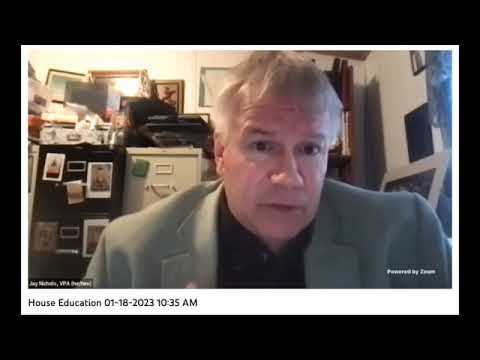Lawmakers’ appetite for programs is way bigger than the state’s labor force
A friend told me for the next three weeks she has to drive seven miles into town each day to collect her mail from the post office because her deliverer is going in for surgery and there is nobody available to take over the route. Indeed, our own daily mail delivery has been pretty much hit or miss for the past year.
Finding labor is not just a problem…
Keep reading with a 7-day free trial
Subscribe to Behind the Lines: Rob Roper on Vermont Politics to keep reading this post and get 7 days of free access to the full post archives.



